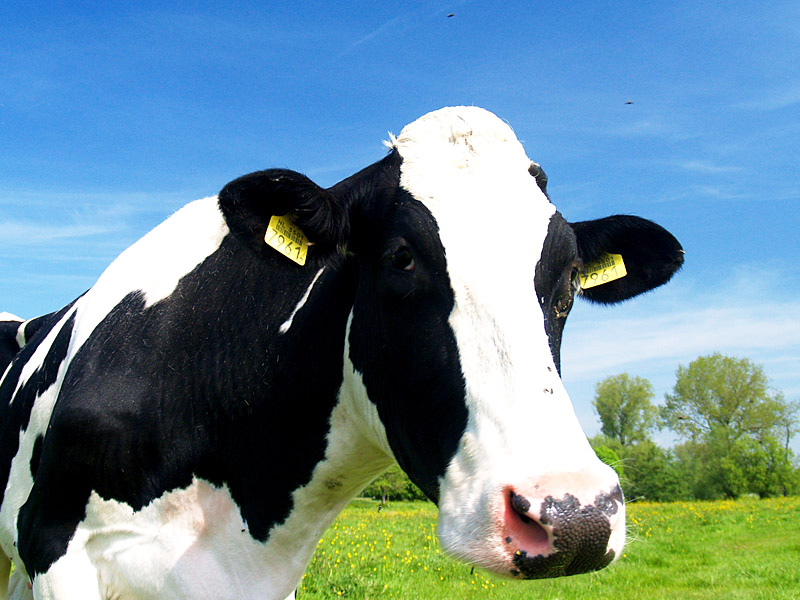Your location: Home Page > Asset Management | SILION TECH > The application of using RFID Technology to track animals information
News and information
The application of using RFID Technology to track animals information
Author:StationBrowse times:5203
The application of using RFID Technology to track animals information
In order to solve the problem of data collection, identification, and tracking in harsh environments such as animal breeding, slaughter, processing, warehousing, logistics, and transportation, it need to build up animal tracking information system by using barcode recognition and RFID technology, connect the collected data through the communication network to exchange and communicate information, implement intelligent identification, positioning, tracking, monitoring and management, and realize traceability information in all aspects of animal food production, processing, transportation, circulation, retail.

An animal tracking information system is made up of barcode, RFID, wearable device, ID card, database, etc. The main business data of animals and animal products are recorded and tracked throughout the entire process like the collection and immunization, place of origin quarantine, road supervision, slaughter, and quarantine. It realizes the whole-process supervision and traceability management of animal product sales for the production of ear tags, animal breeding and circulation, and animal slaughter.
There have some advantages of using RFID technology to tracking animal information.
1. Diversification of identification: In the future, the individual needs of users will be strong, and a single identification technology cannot meet the needs of future development and supervision.Silion RFID readers can meet the identification of 1D/2D codes, RFID, etc.
2. Networking of the system: Each product is given an identity through an electronic label, and it will be an inevitable trend to integrate with the Internet and e-commerce.
3. Standardization: unified technical specifications, functional specifications, and badge formats, the compatibility of the system will be better played, and the product substitution will be stronger.
4. Diversified interfaces: integration with other industries such as 3C will form larger industrial clusters and be more widely used to achieve cross-regional and cross-industry applications.
5. Information sharing: The animal identification and disease traceability information, meat and milk quality, and safety traceability information are shared with the government, enterprises and the public, realizing the intercommunication of information.
Next Article:RFID Asset Tracking for the Orange Line Train: A Pakistan-China Project